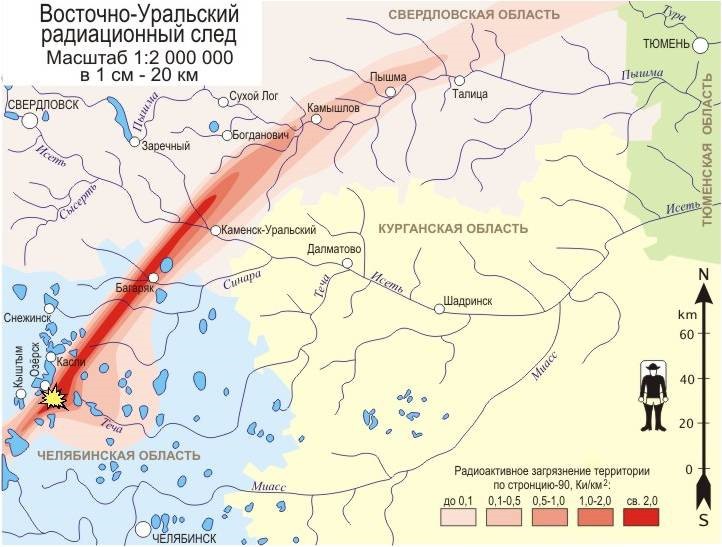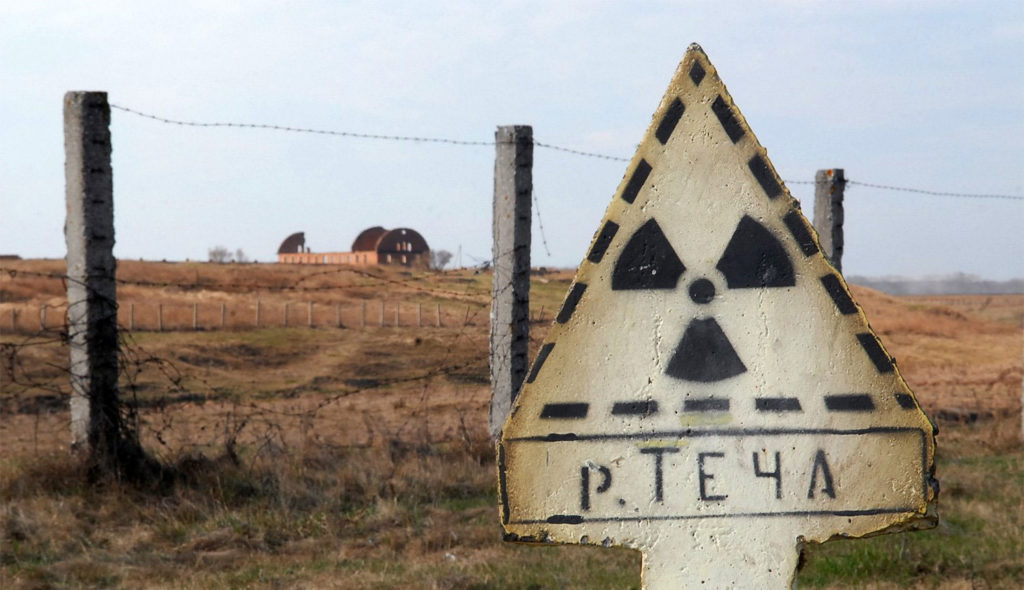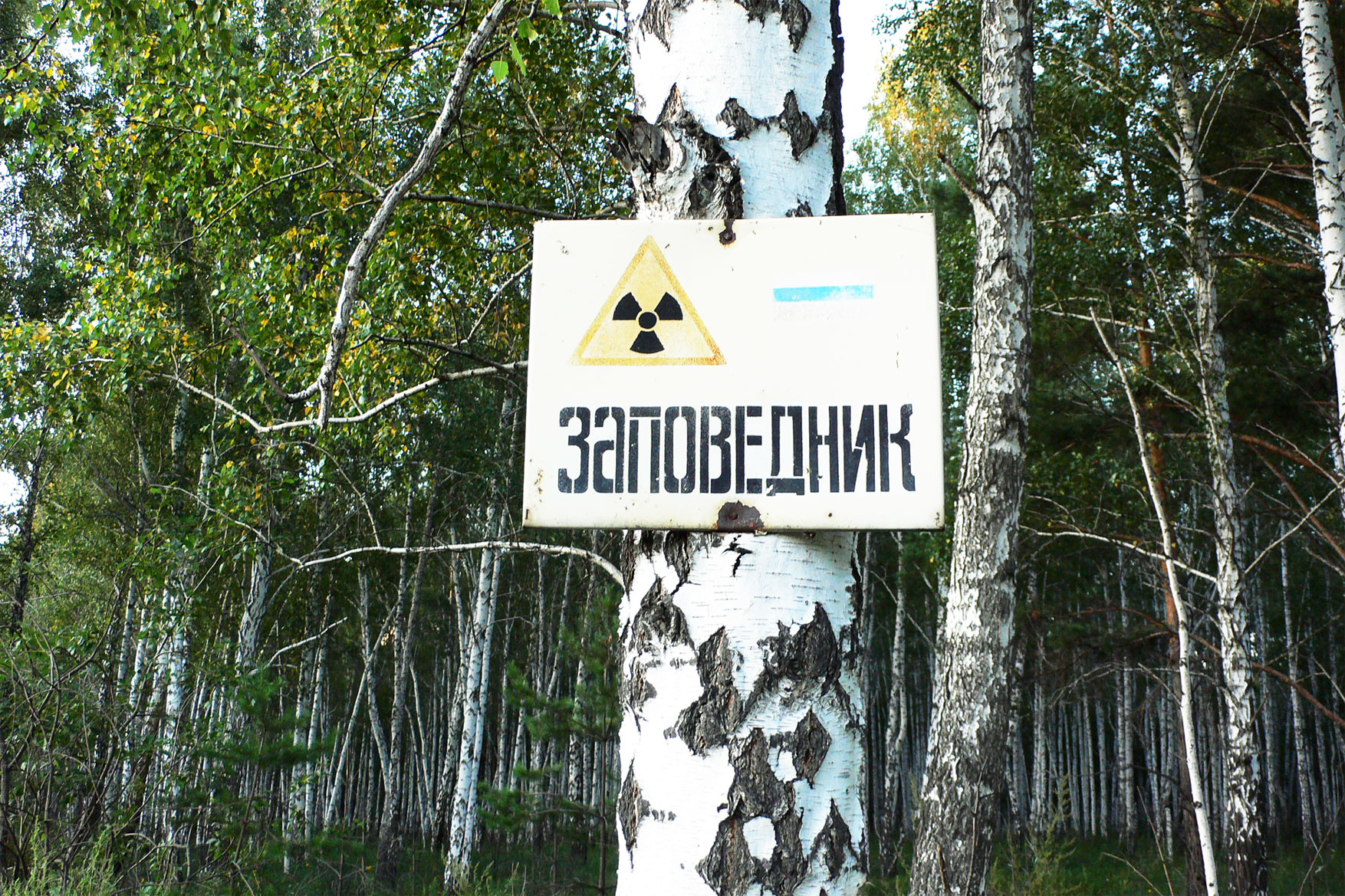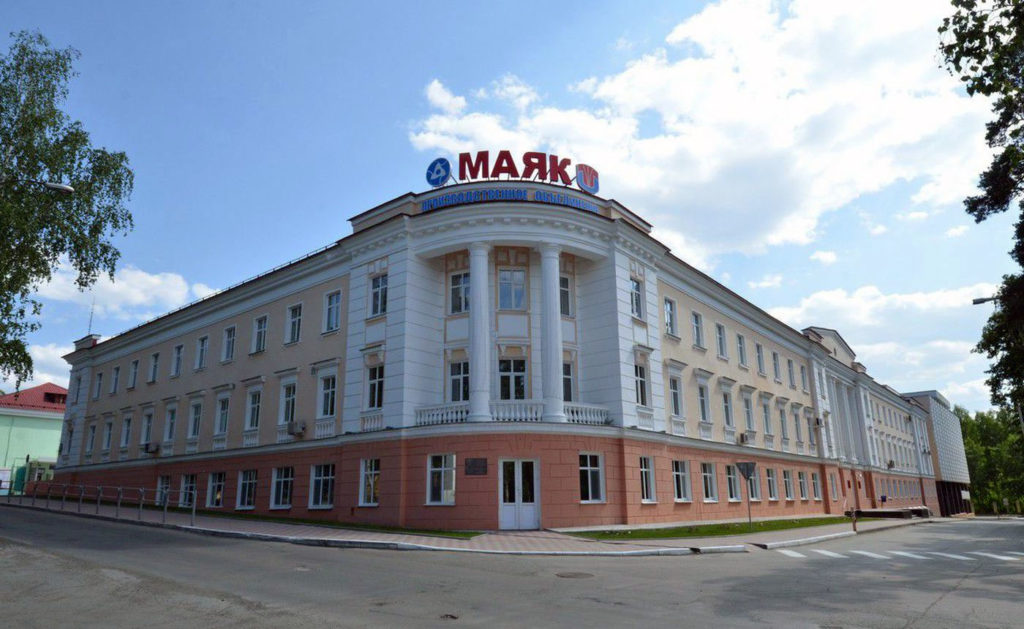- hot-spots
- nuclear issues
- Russian Federation
- Kyshtym nuclear disaster, Russian Federation

Kyshtym nuclear disaster, Russian Federation
Russian Federation
last update:
8 months agoProblems
Kyshtym accident is the radiation catastrophe
The Kyshtym accident (or Kyshtym catastrophe) is the first radiation emergency of a man-made nature in the USSR, which arose at the Mayak chemical plant, located in the closed city of Chelyabinsk-40 (now Ozersk). The accident is classified as severe in terms of consequences, according to the modern international classification it belongs to level 6 out of 7 possible, second only to the accidents at the Chornobyl Nuclear Power Plant and Fukushima-1, which occurred much later. In Soviet times, the name of the city was used only in secret correspondence and was absent on public maps, which is why the accident was called “Kyshtym” after the city of Kyshtym, closest to Ozersk, which was indicated on the maps. The Mayak software continues its work. From 1948 to 2000, about 40 accidents of varying severity occurred at the plant. After the release into the Tech and the explosion, the accident of 1967 remains noticeable, when the wind carried radioactive silt from the shallowed Lake Karachay. Between 1948 and 1998, half a million people were exposed to radioactive radiation due to the work of the plant. As of 1990, 10 thousand employees of Mayak PA suffered radiation sickness, and 4 thousand people died from acute radiation sickness. We also note that doctors masked radiation sickness with the diagnosis of “Neuralgic syndrome”. Currently, Mayak produces weapons-grade plutonium and also stores and reprocesses spent radioactive fuel from nuclear power plants. Mayak also produces sources of ionizing radiation. For example, it is the main supplier of cesium-137 in the world. Now the Techa is contaminated, you can’t drink from it, and there is radioactive sludge at the bottom of the river, containing mainly strontium-90 and cesium-137. It will take 300 years for the river to naturally cleanse itself. Radiation hazard signs are now installed near the river. Previously, the river was surrounded by barbed wire, but residents dismantled it for scrap metal. In some places of the river, an excess of the average Russian background is now recorded thousands of times and an excess of the maximum permissible concentration by 3 or more times. Another site where radioactive waste is dumped is Lake Karachay. The amount of radionuclides accumulated by it is equivalent to 6 Chernobyls. The composition of radionuclides in the lake is 60% cesium-137 and 40% strontium-90. Moreover, only 7% of radionuclides are contained in water, the rest are in silt and at the bottom. The wind carried polluted water from the surface of the lake into the environment. Also, during shallowing, winds carried radioactive sludge. Another problem of Karachay was the polluted water lens forming under the lake. Its width is about 100 meters and its total area is 10 square kilometers. It is believed that 5 million m3 of contaminated water entered the groundwater. The lens moves towards the rivers at a speed of approximately 100 meters per year. Now the lake is filled up (work was carried out from 1986 to 2015), and the radionuclides are localized.
Consequences of the Kyshtym disaster for people
Immediately after the accident, residents of villages that fell into the zone of intense pollution were resettled - more than 4,500 people from the villages of Russkaya Karabolka, Yugo-Konevo, Alabuga and others. In total, 23 villages were liquidated, in which 12.7 thousand people lived. Ozyorsk itself was not resettled, since thanks to the wind rose, the city and the nearest settlements - Kyshtym and Kasli - did not receive radioactive contamination. Over the next two years, the burial and liquidation of fodder, people's property, buildings and food was carried out. It was the liquidators who suffered more than others: since there were no similar precedents before, there were no clear regulations for actions, as well as the concept of “liquidator” in general. No people died as a result of the accident. The effect of chronic radiation on the health of the people of the Southern Urals and their descendants is being studied by the epidemiological laboratory of the Ural Scientific and Practical Center for Radiation Medicine. The head of the laboratory, Candidate of Medical Sciences Lyudmila Krestinina, told RT that the risk of developing cancer in the area where the radioactive cloud is spreading and on the banks of the Techa River is 2.5% higher than for people who have not been exposed to additional radiation. She also noted that 92% of the dose was received by people during the first two years, and now most of the territories of the East Ural radiation footprint are safe and even open for economic activity. However, the chief oncologist of the Chelyabinsk region, Andrei Vazhenin, claims that cancer is provoked not so much by radiation as by smoking and alcohol, as well as the heavy industry of the region. According to official data from the South Ural Institute of Biophysics, 5 people were sent to hospitals after this explosion. None of the liquidators suffered acute or chronic radiation sickness.
The impact of the Kyshtym disaster on the environment
The environmental damage caused by the Kyshtym disaster was significant and had long-term consequences: ● Radioactive contamination: The accident resulted in the release of significant amounts of radioactive material into the environment. This contamination included isotopes of cesium, strontium and other radioactive elements. The release of these materials has led to widespread contamination of the surrounding area. ● Lake Karachay. One of the most noticeable consequences for the environment was the pollution of Lake Karachay, located near the Mayak enterprise. The lake has become one of the most polluted bodies of water in the world due to the dumping of radioactive waste into it. The lake was so radioactive that staying near its shores, even for a short period, could lead to lethal doses of radiation. ● Air pollution: The explosion and subsequent fires released radioactive particles into the atmosphere that were carried by the wind, contaminating a large area. Pollution affected not only the immediate vicinity of the Mayak plant but also the territories located further. ● Long-term consequences: The environmental damage caused by the Kyshtym disaster had long-term consequences for the health and well-being of residents. An increase in cancer and other health problems has been reported in affected regions due to continued exposure to radioactive materials. ● Secrecy and lack of information: One of the challenges in assessing the full extent of environmental damage caused by the Kyshtym accident is the secrecy that surrounded the incident during Soviet times. The Soviet government publicly acknowledged the disaster only a few years later, and information about its consequences was strictly controlled.
Gallery
7Timelines
2021
An ecological trail was created on the territory of the city park. An ecological trail is a specially designed route that includes elements of information and historical tourism, focused on the study of living and inanimate nature, the geological structure of the territory, and the impact of human activity and behavior on the environment.
2017
October
Italian scientists noticed a surge of radioactive ruthenium-106. It was then discovered in many European countries, as well as in Asia, the Arabian Peninsula and even the Caribbean. Researchers discovered that the source believed to be the Mayak facility was not a reactor accident, but an incident at a nuclear fuel reprocessing plant. Based on this information, Rostechnadzor was inspected from October 26 to November 3. No violations were identified.
2015
With the accumulation of knowledge and experience about the dangers of radiation, over time, part of the liquid waste began to be poured not into the river, but into the closed Lake Karachay, which was subsequently mothballed due to the threat of large-scale radiation contamination.
2003
The enterprise has been repurposed as the Russian Fissile Materials Storage Facility (RFMS) for processing and storing radioactive waste.
1973
Due to the imperfection of air purification technology, there were also emissions into the atmosphere of gases and aerosols containing iodine-131 and radioactive isotopes of inert gases (in particular argon-41), which were detected within a radius of up to 70 km from the Mayak PA. High-level radioactive waste was stored at special sites of the enterprise in closed, specially equipped containers.
1968
The territory where the accident occurred turned into the East Ural Nature Reserve. Today you can only get there with a special pass since the radioactive background is still slightly elevated; In the reserve, scientists study the effect of radiation on nature.
1959
After the accident, a sanitary zone was formed on its territory with a ban on economic activity.
1957
September 29
At 16:22 local time, an explosion occurred in one of the containers for storing high-level radioactive waste. The containers were stainless steel cylinders in a concrete jacket. 19 hours 20 minutes. Air masses from the chemical plant area moved in the direction of the village of Bagaryak and the city of Kamensk-Uralsky, Sverdlovsk region. 22 hours later, the radioactive cloud reached the territory of the Tyumen region. At about 11 p.m., a strange glow was noticed in the sky. The main colors of this glow were pink and light blue. The glow initially covered a significant part of the southwestern and northeastern surface of the sky, then it could be observed in the northwestern direction.
1951
Since 1949, scheduled and emergency discharges of medium- and low-level technological liquid radioactive industrial waste have been carried out into open water bodies. Thus, in 1949-1951, discharges were made into the Techa River, significantly contaminating it with radioactive substances.
1949
January
A radiochemical plant for the separation and processing of plutonium was launched. In February, a chemical and metallurgical plant for the production of nuclear charges was launched. Subsequently, the enterprise also produced sources of ionizing radiation for other purposes and nuclear fuel for nuclear power plants.





